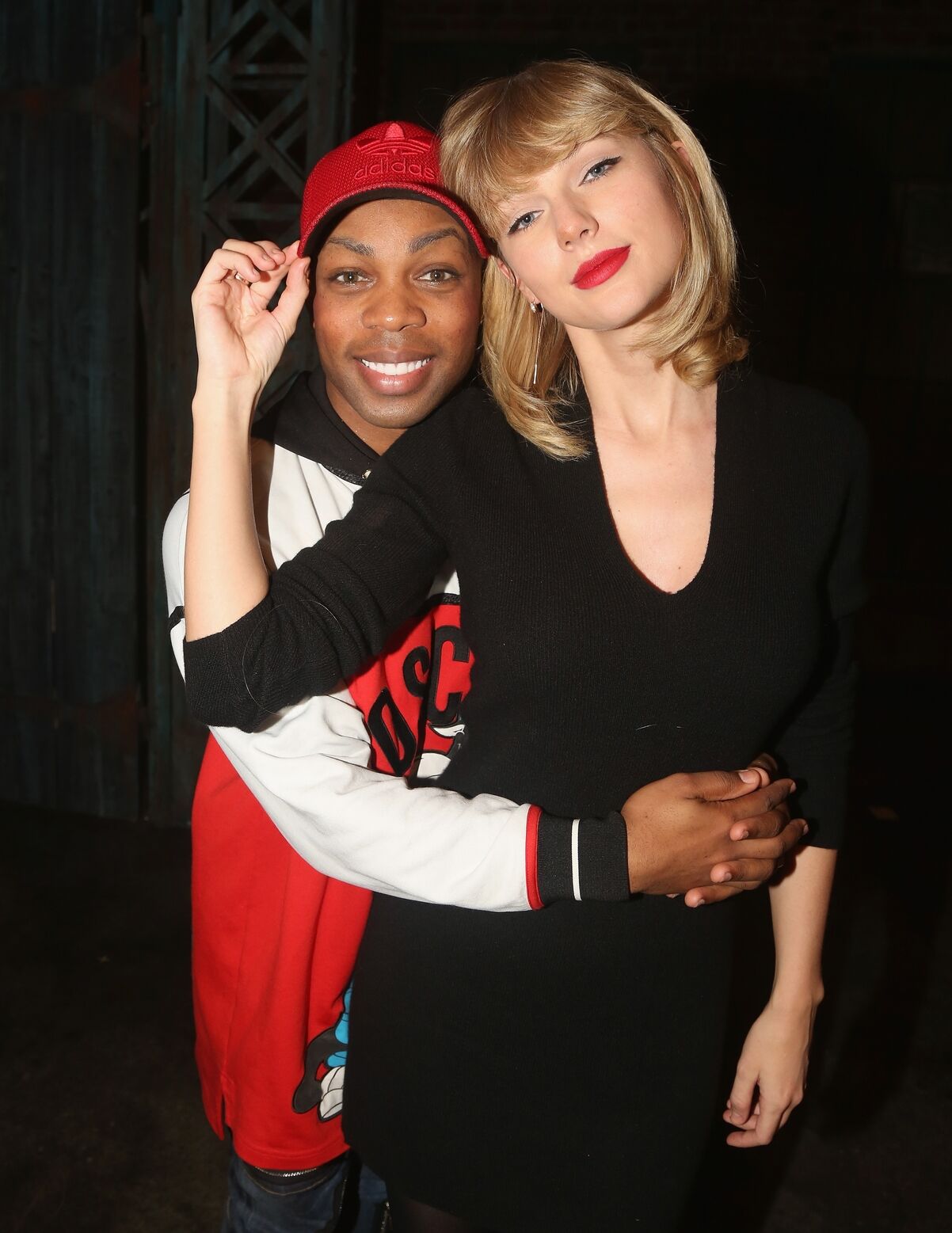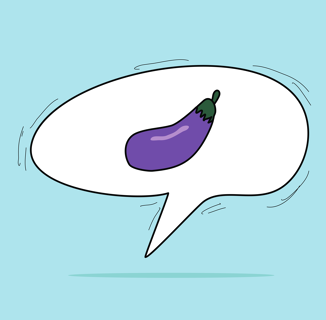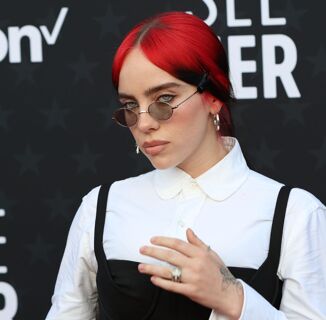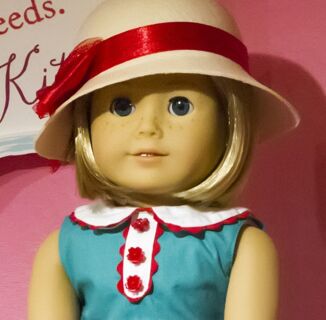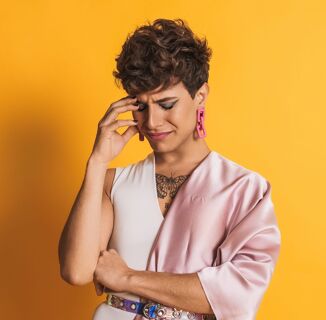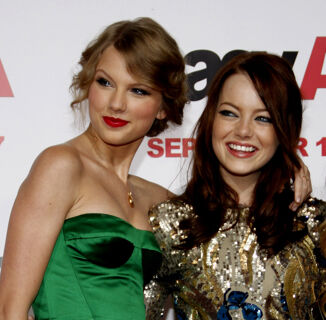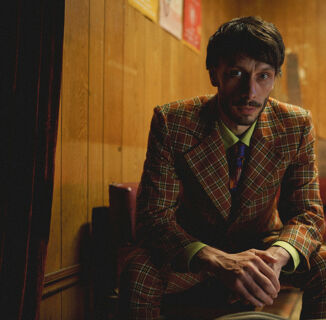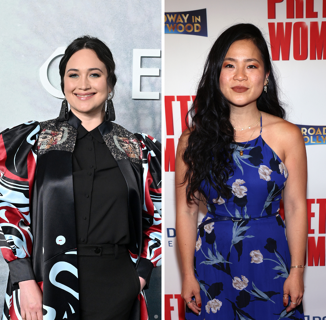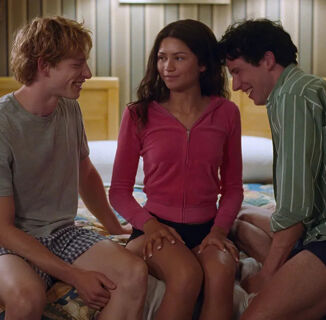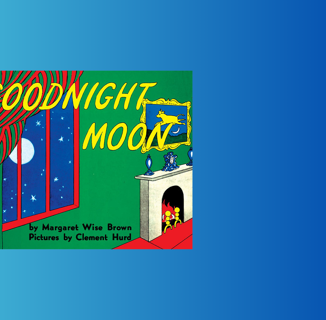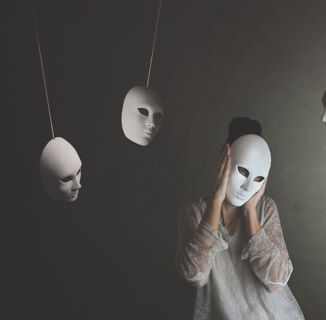Todrick Hall’s gaze has always disturbed me.
I’ve never understood how an artist who occupies the social reality of being a black gay man could make a theme park out of the interlocking realities that oppress all black gay men at different degrees. There has been a creative guilt I’ve felt about not resonating with the images and sounds Todrick Hall produced because we share the same identity and there are so few black gay men at the forefront of industries outside of fashion and beauty.
However, every time I interact with Hall’s work, I’m left feeling empty and claustrophobic, as one does when their experience and identity are reduced to a clever Pepsi commercial.

Over the years, the artist who first rose to fame on YouTube has received a lot of criticism for how he represents his own blackness and how he imagines the blackness of others. And his professional and personal relationship with Taylor Swift, who occupies a highly racialized space in public pop culture discourse because of her now infamous saga with rapper Kanye West, has only exasperated this.
When it comes to blackness, Swift is best-known for building a career by positioning herself as a victim after the infamousKanye West VMAs moment in 2009. In the public battles since, Swift continually tries to paint West as a bully and herself as victim, to the point that Kim Kardashian West famously had to intervene to show that Swift was openly lying about not cooperating with West after he included her in his song “Famous.”
While Hall has stood by his friend through all of these public spats with West, and even released social media statements defending his own identity against the constant efforts that use Swift to discredit him on various identity levels, his latest work only exacerbates many feelings about the black queer man.
And now he’s truly showing where his gaze unapologetically sits: Hall is fixated on whiteness, and he now is using it to consume black bodies.
“Thug,” his latest music video, includes an entirely black casta first for Todrick Hall of shirtless and oiled black men. Hall sings lyrics about how he used to have desire and affection for men who had more feminine performances, but now he interested in a more hyper-masculine lover who is both black and a “thug.” The video offers a layered insult to black manhood is layered; it’s just plain tone tone deaf, to say the least.
In an era when black men are mostly in the news because of the demonization of their identity due to the hyper-masculine brute trope, you’d anticipate more care and nuance from an artist when they finally decide to center black manhood, especially when the art is being produced by a black man who loves other black men platonically and romantically.
It is confusing to watch Halla black gay manreproduce hyper-masculine and hyper-sexualized stereotypes of black gay men that are just as insulting as when Taylor Swift imaged black women as twerking props in her own “Shake it Off” music video. How is this possible?

Identity is not the sum of what informs artistic production; there is also the gaze. Your gaze determines how you interact with the world around you, other people, and even how you see yourself. Todrick Hall is not any less black or gay than any other black gay men, but his gaze is one of a white supremacist mainstream culture that prioritizes an appeal to large demographics over having artistic and political integrity with respect to marginalized folks and folks of your community. Swift and Hall’s identities and experiences might be vastly different, but their gazes are near identical.
Todrick Hall’s mainstream gaze is not sustainable for himand it is dangerous. Much of Hall’s performance and representation reminds me of Pecola, the main character in Toni Morrison’s The Bluest Eye. Pecola is a dark-skinned black girl who desperately wants blue eyes. By the end of the novel, Pecola has literally gone mad in her search for the white supremacist aesthetic (re: blue eyes) that she believes will bring her acceptance, fairness, and beauty.
What Pecolaand Todrick Hallfailed to realize is that no black person can center and uphold ideas of white supremacy without it eventually chipping away at one’s sanity and happiness. The music video for “Thug” was the first piece of evidence that Hall’s grasp on a reality that centered and exalted himself and his community was loosening, and that he is likely to produce more images that feel disconnected from the world he occupies.
Todrick Hall’s actual eyes are hazel, but it is tragic to see that his creative and political gaze is blue-eyed, neutral, and dangerous for the very people his body represents.
Including himself.
Header image via Getty
Help make sure LGBTQ+ stories are being told...
We can't rely on mainstream media to tell our stories. That's why we don't lock our articles behind a paywall. Will you support our mission with a contribution today?
Cancel anytime · Proudly LGBTQ+ owned and operated
Read More in Culture
The Latest on INTO
Subscribe to get a twice-weekly dose of queer news, updates, and insights from the INTO team.
in Your Inbox

